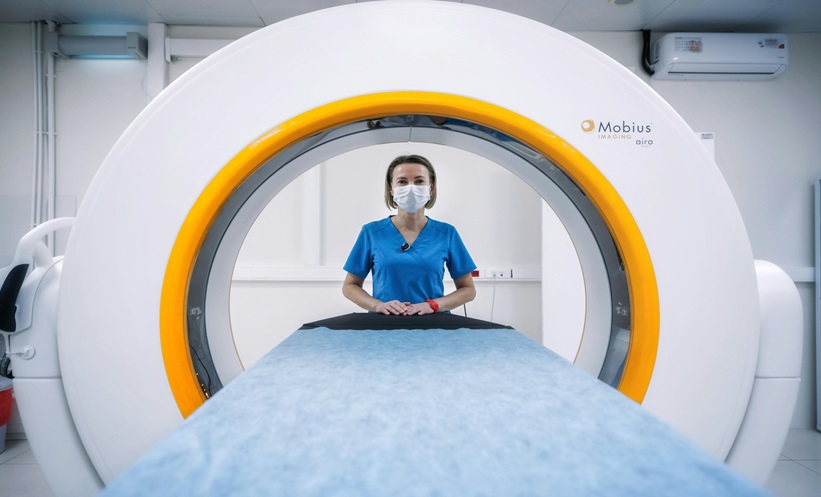Recent data demonstrated that tau positron emission tomography (PET) has significant prognostic value in predicting the progression from mild cognitive impairment (MCI) to dementia. The use of biomarkers to detect tau pathology, amyloid-β (Aβ) pathology, and neurodegeneration has transformed Alzheimer’s disease (AD) diagnosis, with potential as prognostic markers. Accurate and early prognosis of dementia can aid medical decision-making and reduce uncertainty, especially for patients with MCI. A multicentre cohort study evaluated the prognostic value of tau PET for predicting clinical progression from MCI to dementia.
The study involved 448 participants with MCI, including 331 in the discovery cohort and 117 in the validation cohort, from centres in South Korea, Sweden, the US, and Switzerland. Researchers assessed the predictive power of tau PET, Aβ PET, and MRI scans. The primary outcome was clinical progression from MCI to all-cause dementia, including AD dementia. The effectiveness of these neuroimaging techniques was measured using receiver operating characteristic analyses.
Results revealed that the model with tau PET was superior in predicting all-cause dementia (area under the receiver operating characteristic curve [AUC], 0.75; 95% confidence interval [CI], 0.70-0.80) compared to the base model. Neither Aβ PET nor MRI improved prediction beyond the base model. For predicting AD dementia specifically, tau PET significantly outperformed the base model (AUC 0.84 vs. AUC 0.75, p< .001). Both tau PET visual reads, and Aβ PET Centiloids also showed enhanced predictive capabilities. These findings were replicated in the validation cohort, confirming the robustness of tau PET as a prognostic tool. Quantitative tau PET, but not Aβ PET or MRI, provided a better prediction of conversion from MCI to all-cause dementia when added to the base model. Furthermore, the prediction of AD dementia was improved with both quantitative tau PET and tau PET visual reads.
This study underscores the utility of tau PET as the most reliable neuroimaging marker for predicting the progression of dementia in individuals with MCI. The results advocate for further research to validate tau PET in larger and more diverse populations. Given the higher predictive accuracy of tau PET, its integration into clinical practice should be explored as an early identification strategy for patients with MCI, potentially leading to improved clinical outcomes.
Reference:
Groot C et al. Positron emission tomography for predicting dementia in individuals with mild cognitive impairment. JAMA neurology. 2024;DOI:10.1001/jamaneurol.2024.1612







